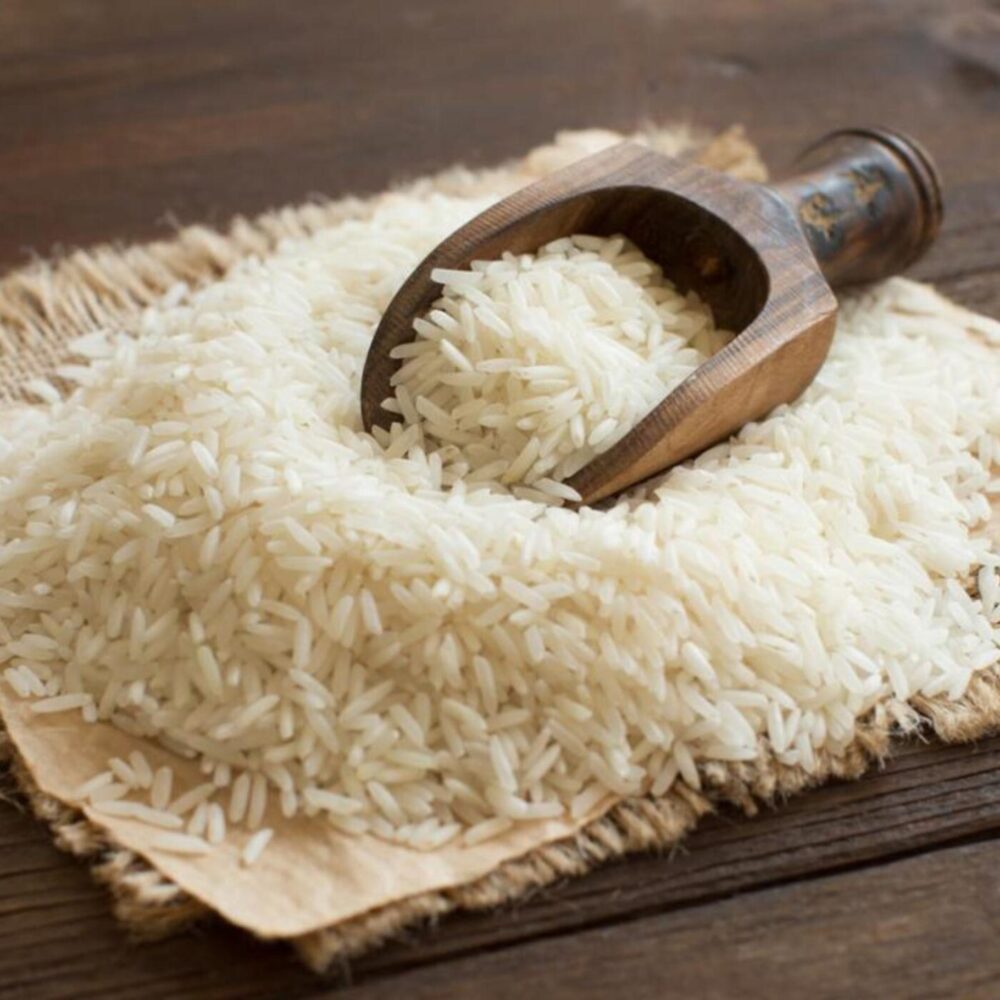Wall tiles are the most common type of ceramic toilet floor tiles used by the public, which can be found in various sizes, colors and designs.
Most of the traditional decorative tiles and hand patterned tiles belong to this category.
Wall tiles are usually 0.25 to 0.375 inches thick, 3*3 inches to 6* 6 inch dimensions and conditions are offered to the market with larger and different shapes and dimensions.
Usually, wall tiles also like are thin, light and porous and covered with a thin layer of glaze (only suitable for use on the wall).
However, they can be used on counters or floors with low traffic or partial humidity such as bedrooms or bathrooms.
Rami wall tiles can also be installed in wet environments such as around bathtubs and showers.
In such conditions, they usually spread a layer of waterproof putty on the tile to protect the seams against water penetration.
And they specify and introduce the appropriate surface for installing Ram tiles.
Sheet wall tiles:
Sheet tiles are actually tiles that are placed on a special paper sheet, mesh plastic or a fabric mesh layer with a certain order and distance from each other.

Sometimes they are connected together by using small amounts of vinyl, silicone adhesive or polyurethane (Polyurethane) called point coating.
These plates are usually found in the sizes of 12 square inches and above.
Although the sheet wall tiles do not require the laborious work of laying single tiles, and as a result, the installation
They are easy to install, but relative to the price, they are more expensive than single tiles with the same quality.
Also, they are more limited in terms of size, color and design compared to single tiles.
Some tiles can be used on floors and counters, but of course, after installation, the seams must be filled with mortar.
Tiles with pre-laid sheets:
Since these tiles do not need to be treated with special mortars, they are one step ahead of sheet wall tiles.



